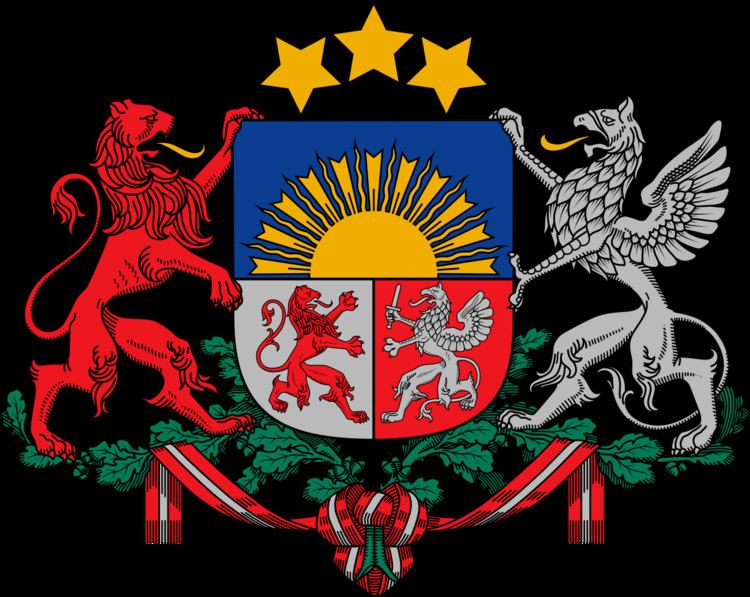 | ||
The following is a timeline of the history of the city of Riga, Latvia.
Contents
12th–14th centuries
16th century
17th century
18th century
19th century
20th century
21st century
References
Timeline of Riga Wikipedia(Text) CC BY-SA
 | ||
The following is a timeline of the history of the city of Riga, Latvia.